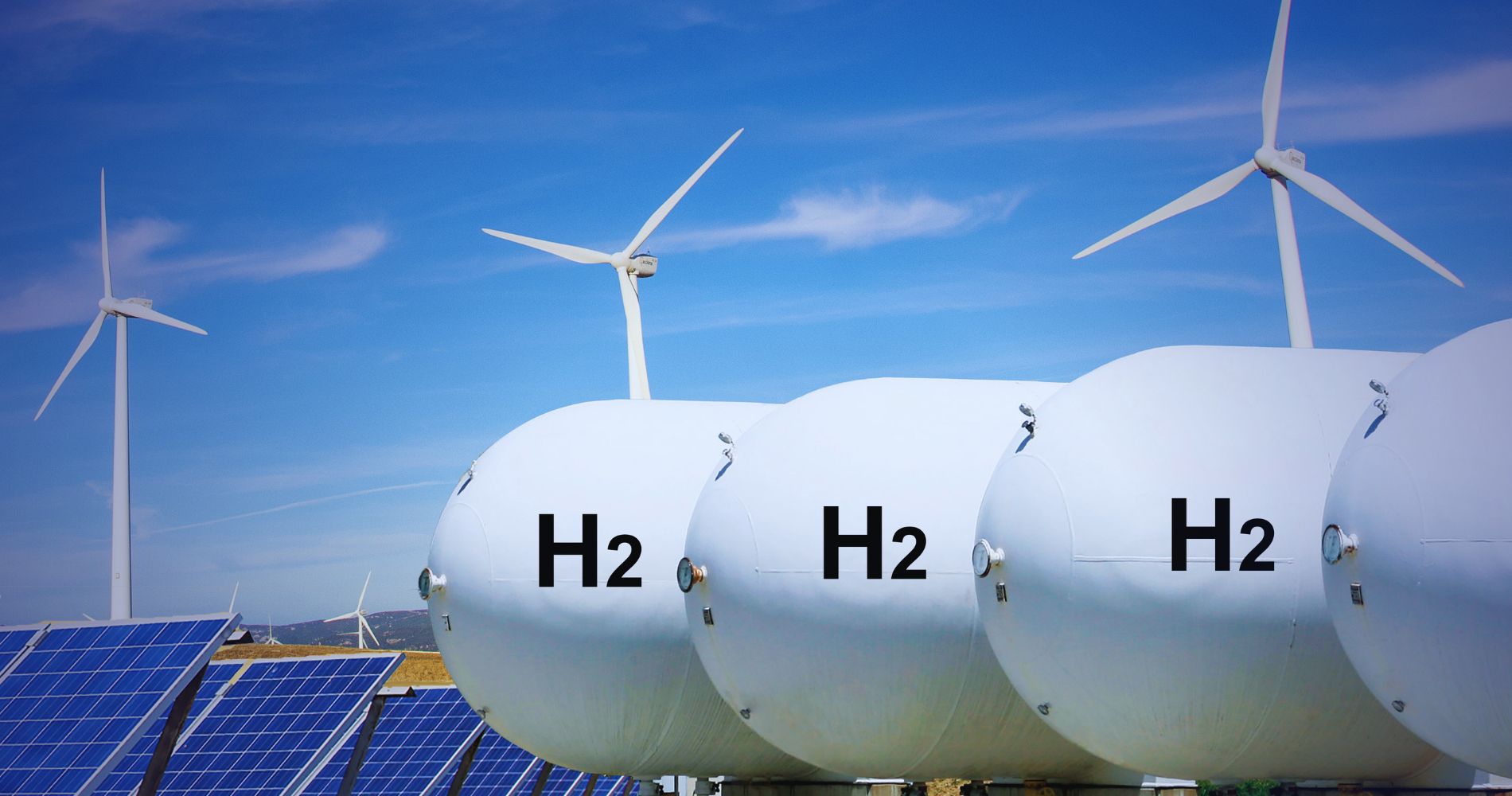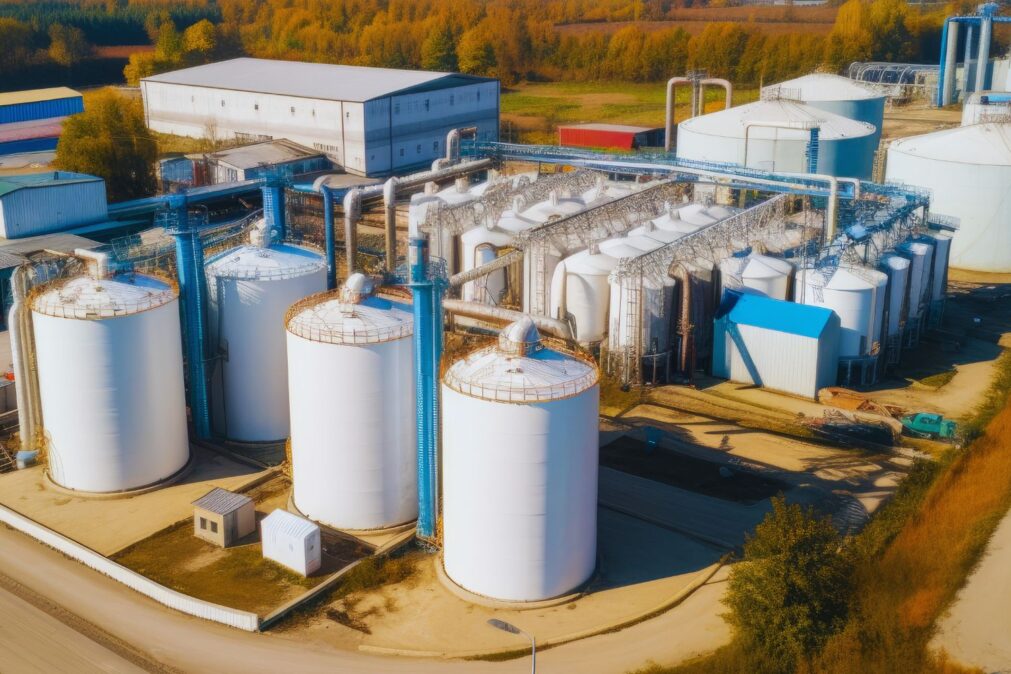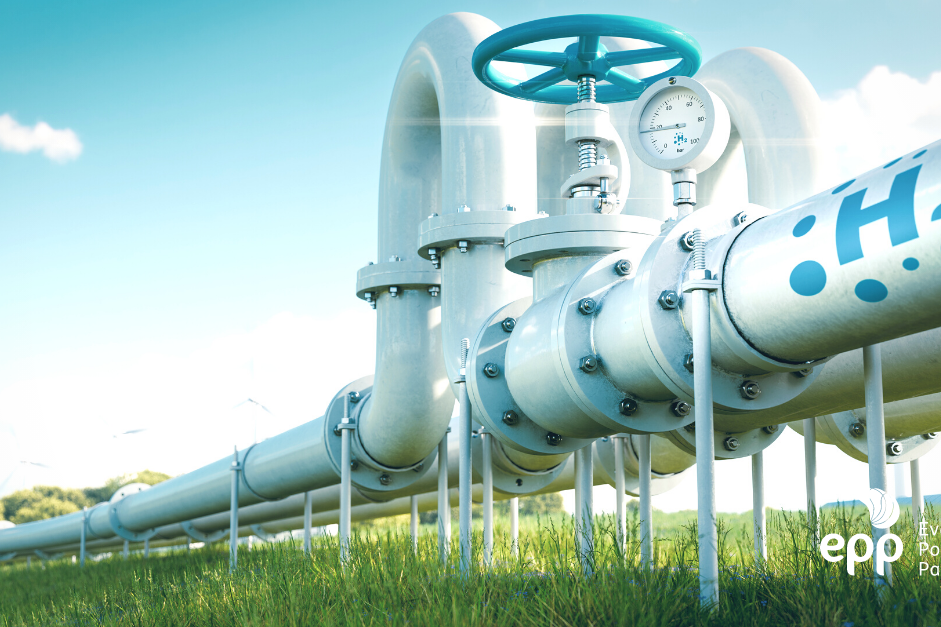Green hydrogen emerges as an essential protagonist in the transition to a low-carbon economy. Its production, through the electrolysis of water using renewable energy, offers a promising path to reducing greenhouse gas emissions, especially in industrial and transport sectors where direct electrification is not viable.
Development of Green Hydrogen
Produced by the decomposition of water into hydrogen and oxygen using an electrolyzer powered by renewable energy, green hydrogen stands out for its practically zero environmental impact, not emitting CO2, as long as the energy matrix used is clean and renewable.
Hydrogen Colors
Hydrogen is classified into different “colors”, depending on its production method:
Ash: Generated from fossil fuels, with high CO2 emissions.
Blue: Similar to gray, but with carbon capture to mitigate emissions.
Green: Produced sustainably, without emitting CO2.
Applications and Benefits
With notable applications, especially in power generation for high energy consumption industries such as glass, cement and steel, green hydrogen plays a crucial role. The steel industry, responsible for annual emissions of approximately 3.6 billion tons of CO2, can benefit substantially from replacing traditional fuels with green hydrogen, resulting in a drastic reduction in its carbon footprint.
Challenges and Future Perspectives
Despite its great potential, the implementation of green hydrogen faces challenges, especially regarding production costs. Currently, producing green hydrogen costs around USD 4-6 per kg, a figure that is expected to decrease significantly in the coming years, making it more competitive.
The Role of Brazil
Brazil, with an energy matrix dominated by renewable sources, has a privileged position to lead in the production and export of green hydrogen. The National Hydrogen Plan (PNH2) and the creation of the National Hydrogen Program Management Council by the CNPE in 2021 are clear examples of this emerging leadership. These efforts, along with studies such as BCG’s “Unleashing Brazil’s Low Carbon Hydrogen Potential”, presented at the Brazil Climate Summit, highlight Brazil’s potential in green hydrogen. It is estimated that Brazil can generate significant export revenues from 2050 onwards, requiring electrolysis capacity and significant investments in renewable energy.
Conclusion
The transition to green hydrogen represents a crucial milestone in achieving global decarbonization. Despite challenges, such as production costs and the need for technological advances, the potential for a positive impact on the environment and the economy is undeniable, with Brazil positioning itself as a key actor in this scenario.






